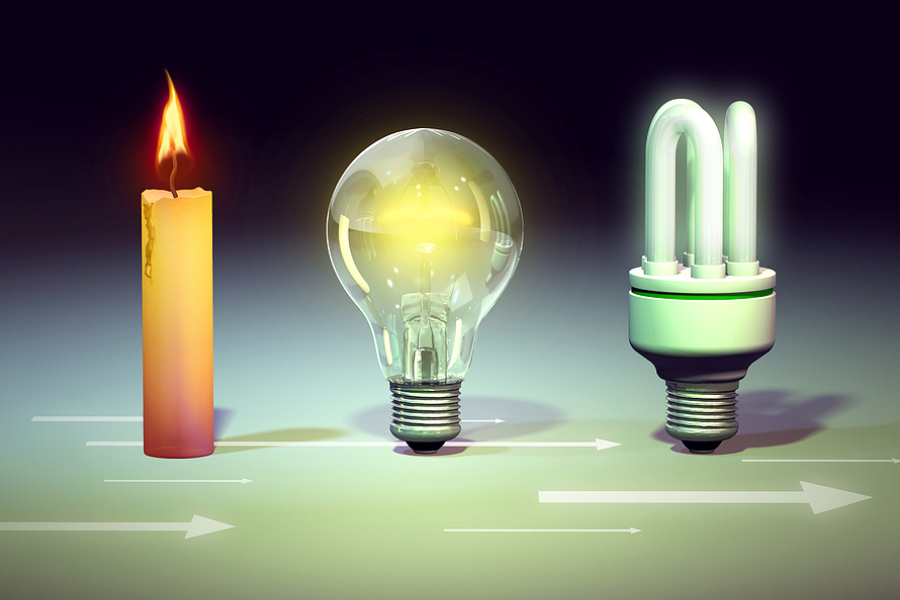Where Do Photons Produced By A Light Source Come From?

Everybody has to turn on the light switch during the night. When done so, the room is illuminated instantly. However, have you ever wondered where the light, or more specifically, the photons that make up the light, comes from?
In this article, we will delve deep into the interesting world of photons and the basic units of light, exploring the sources and how they are produced.
More energy = more light
The concept of energy is fundamental to understanding where photons come from. In the world of physics, energy is a core element that everything in this known universe possesses in one form or another, from the kinetic energy produced by fan blades to the tidal energy that hydraulic dams generate.
Light sources, such as the sun or bulbs, convert several types of energy into light energy, producing photons in the process.
The amount of photons (or light) the source produces is directly correlated with the amount of energy it utilizes. For example, a brighter light bulb requires a higher amount of electrical energy, converting it into a higher amount of photons, thus producing more light. Similarly, the incredible energy output of the sun is the result of a nuclear fusion reaction occurring at its core, thus generating an incredibly large amount of photons that are capable of illuminating Earth.
Definition of photon
In order to fully grasp the fundamentals of photons and their sources, it is vital to define what photons are. Photons are quantum of light, meaning they are the smallest possible particles or packets of light. They are the elementary particles that carry electromagnetic energy, travelling at light speed.
What makes photons unique is that they do not decay instantly in the vast space, nor do they have a mass. As a result, they are perfect carriers of electromagnetic energy across vast space, such as the light travelling from distant stars to Earth.
The energy of a photon
The energy of a photon is determined by its wavelength or, equivalently, its frequency. This connection is defined by the equation E = hv, where E refers to the photon’s energy, h refers to the Planck constant (a quantum mechanics’ fundamental constant), and v refers to the light’s frequency. In other words, the higher the frequency of the light is, for example, x-rays and ultraviolet, the higher the energy carried by the photons.
The production of photons is connected to the energy transition and movements of electrons within molecules and atoms in a light source. When an electron transits from a high energy level to a lower energy level, energy is released in the form of photons. The difference in energy levels determines the frequency of the photons and, consequently, the colour of the emitted light. This is why different processes and material products have varying colours.
Conclusion
Photons are elementary particles of light that are produced when the light source converts energy into electromagnetic radiation. The electron within the atoms dances intricately, moving between different energy levels, with the difference in energy levels contributing to the characteristics of the photons that are emitted. Through understanding this fundamental process, we are able to appreciate better the beautiful and intricate processes that light up our universe, from the glow of the distant stars to the light bulb that illuminates your room.
Here at Physics Tuition, we encourage our students to explore and understand the world around us. Everything around us possesses and converts some form of energy into another. If you are interested in pursuing the subject outside of your curriculum, then look no further than Physics Tuition. Contact us to inquire more about our classes.